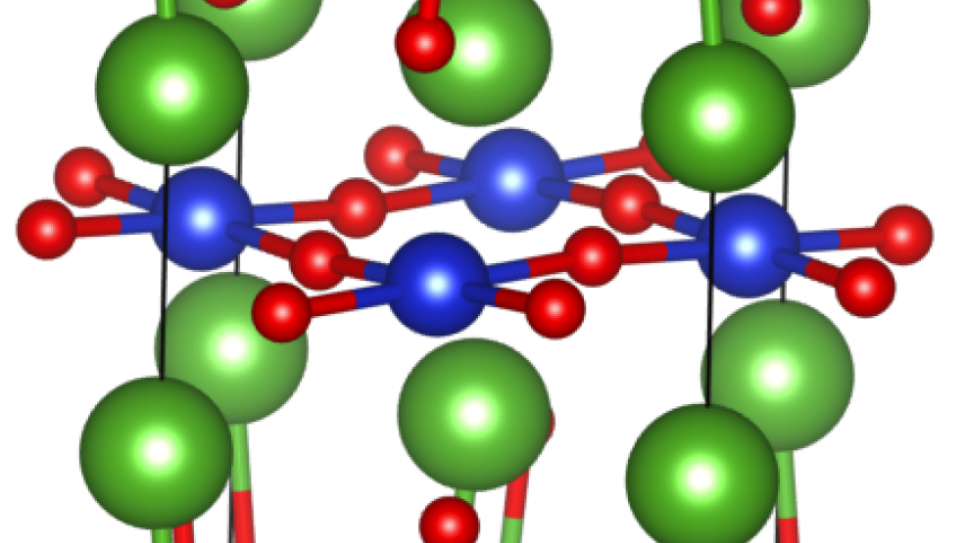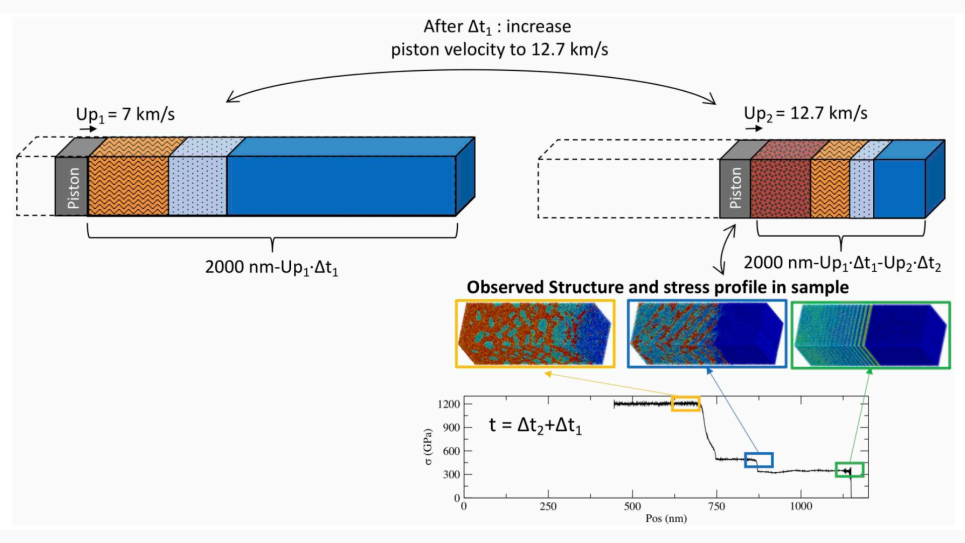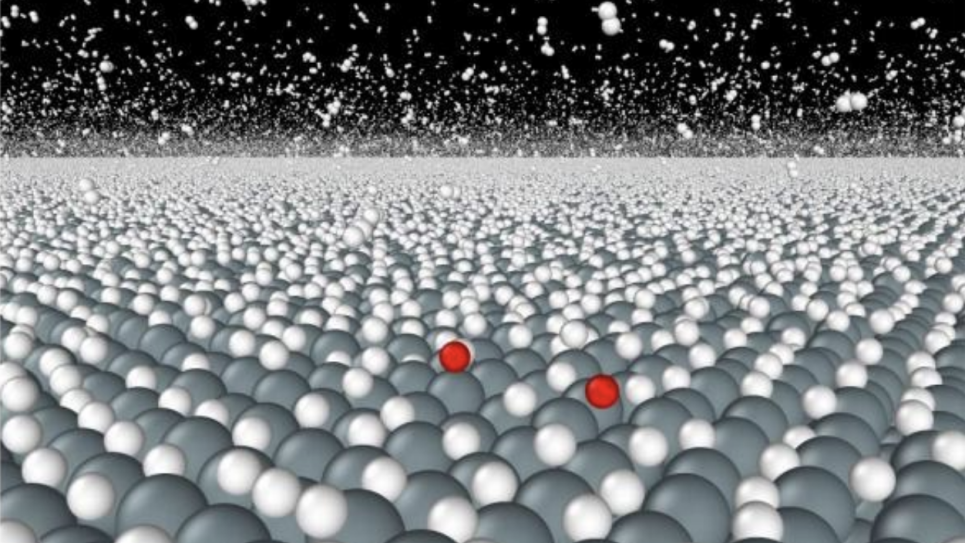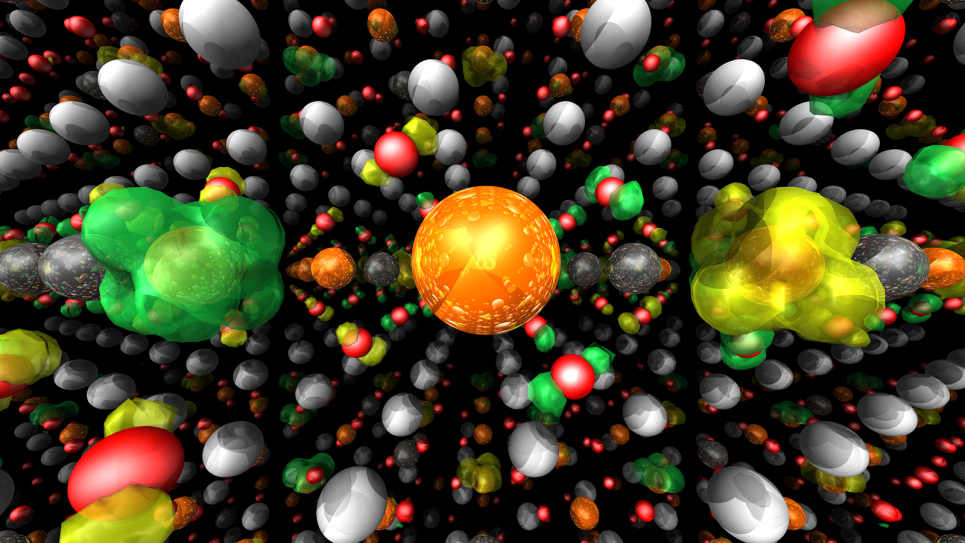
Correlated Electrons in Photoactive and Superconducting Materials
How materials behave is dependent on the behavior of interacting electrons, and since the equations governing quantum particles are computationally complex, predicting the properties of materials is often not a trivial matter. Revolutionary advances in computer processing over the past few decades have made it possible to simulate the behavior of many interacting quantum particles. An important enabler of these advances is the existence of good approximate density functional theories. However, there are a number of important technological materials that evade description using a density functional theory.
This research aims to help push the computer simulation of electrons in materials to the next level by explicitly simulating the interactions between electrons. The two methods proposed leverage high-performance computing and are directly based on the many-electron Schrödinger equation that describes the behavior of electrons with as few approximations as possible. These methods are based computationally on Monte Carlo integration of many-dimensional integrals that arise when solving the quantum problem. As such, they have the potential to take advantage of the resources available through INCITE to provide unprecedented detail of the emergent behavior of interacting electrons.
New materials and better control of existing materials can open the way for higher efficiency devices, energy conversion, and fundamentally new devices crucial for meeting our ongoing energy challenges.


